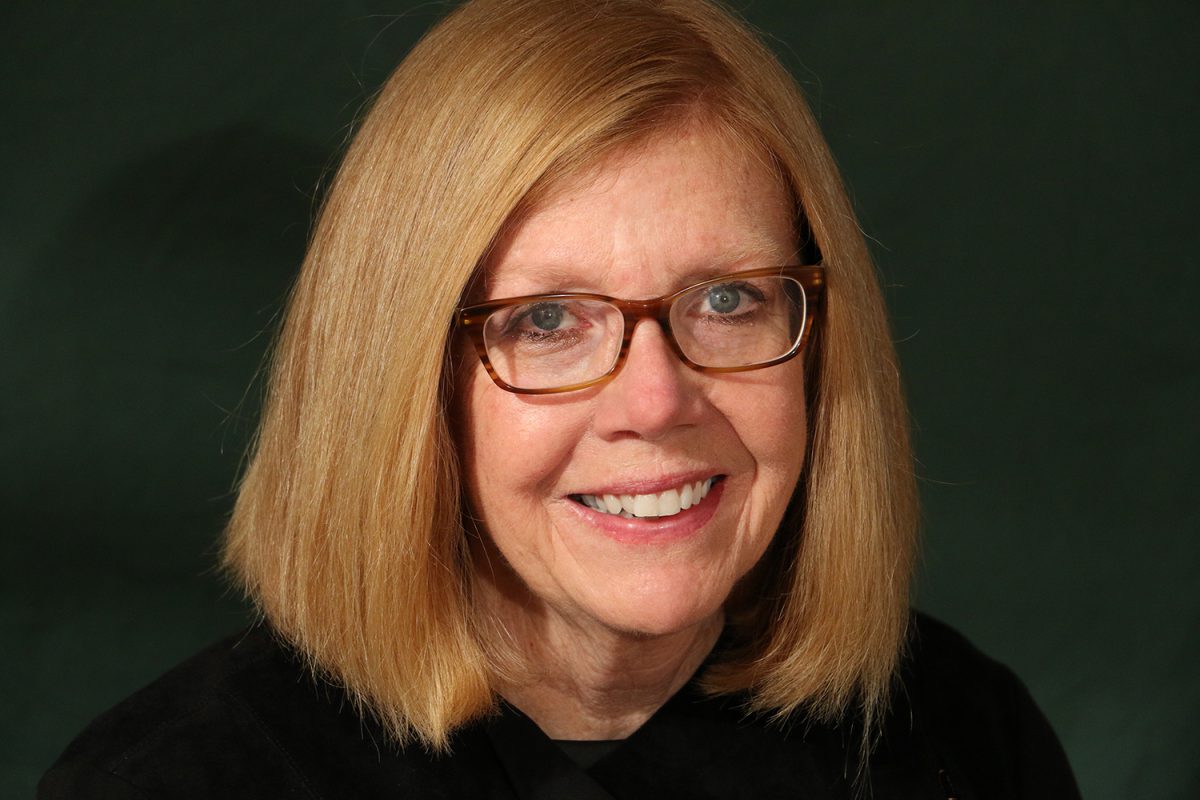Brain Health Kuel Category Expert: Patricia Faust, MGS
From the Beginning
There are many things that make a female brain different from the male brain and it starts as soon as the fertilized egg makes its way through the fallopian tubes. Our gender is determined from the second there is a fertilized egg. Female DNA is based on an X chromosome from the mother and an X chromosome from the father. Even though the DNA influences who we are it is not direct and very complex. Our brain has 86 billion neurons which can branch out into one hundred trillion synapses (connections). It is these trillions of synapses in the female brain that determine who we are. The zygote (fertilized egg) becomes a blastocyte (hollow ball of cells). Once it reaches the uterus it embeds in the uterine wall. The cells keep dividing until the ball separates into two layers: one becomes the embryo and the other becomes the placenta.
Since the placenta comes from the same cells as the baby-to-be, it too has a biological sex. Placental sex determines how the placenta works and how it buffers the baby from maternal stress, infection and diet. The placenta is central to sex differences in prenatal growth and survival, and the placenta appears to be somewhat protective compared to the male. (Dr. Sarah McKay, The Women’s Brain Book)
Our brain is female or male from the beginning. Hormones influence the masculinizing or feminizing of our brains.
Our Birth Day
From the moment we are born our brain starts to age. Throughout our childhood and into early adulthood our brain goes through explosive growth. New neurons (brain cells) and synapses (connections) grow at a rapid pace. Our brain is a learning, adapting organ. This massive growth results in a large amount of brain reserve. This means we have plenty of neurons and synapses to give up to wear and tear and other lifestyle challenges.
Cognitive Decline Begins
Around age twenty-five, we start to experience cognitive decline. This aging change is not noticeable because we have built up reserve that buffers these losses.
Around age forty, we start to notice the tip-of-the-tongue phenomenon – We are unable to recall a word, or name even though we know we have that information. This is the first of aging changes that start to cause us alarm.
Just to give you an idea of the decline – a sixty-year-old brain is 2-3 times slower than a twenty-year-old. An eighty-year-old brain is 5-6 times slower than a twenty-year-old.
Speed of Processing Declines
Speed of processing is the amount of time your brain takes in information and then gives a response. This is probably the most obvious indicator of our aging brain. I was fifty years old when I went back to grad school. My classmates were around age twenty-five. They were at their cognitive peak and I was hitting my first acceleration point. This was very obvious when the professor would ask a question and they were all giving the answer while I was trying to figure out what the question was! You will notice that it becomes difficult to understand your young kids or grandkids. That is because they talk so fast that your brain can’t keep up.
Neuromodulatory Decline
This simply is that the production of neurotransmitters starts to decline. Neurotransmitters are brain chemistry that facilitate communication throughout our brain. Acetylcholine is a communication neurotransmitter. When you have Alzheimer’s disease the production of acetylcholine is almost nonexistent. We have such amazing brains.
Lose Our Distraction Filters
Maintaining attention as we get older becomes more difficult. The toughest part of this loss is that we need to increase our attention in order to remember. Making memories can be quite tricky and the first step in the process is getting information into working memory. Working memory is very vulnerable to distraction. Many times, we think we forgot something when really, we never made the memory in the first place.
Fluid Intelligence Decreases, Crystallized Intelligence Increases
Fluid intelligence is the ability to give a response, make a decision, or even think on your feet – with just the information that is available to you. Given that speed of processing declines it makes sense that our older brain doesn’t work fast enough to think on our feet. Fluid intelligence declines as we age.
Crystallized intelligence increase as we get older -YAY!! Crystallized intelligence is based on our culture, education, careers, environment. We bring a lot to the table when we can draw on our WISDOM.
Remember that our brain doesn’t know how old we are. It ages in relation to the kind of lifestyle that we lead. All of the aging changes that I just related happen to all of us but not necessarily at the same chronological age. And, these changes can be reversed. Our brain is quite miraculous.
Did you enjoy this article? Become a Kuel Life Member today to support our ad-free Community. Sign-up for our Sunday newsletter and get your expert content delivered straight to your inbox.

About the Author:
Patricia Faust is a gerontologist specializing in the issues of brain aging, brain health, brain function and dementia. She has a Masters in Gerontological Studies degree from Miami University in Oxford Ohio. Patricia is certified as a brain health coach and received a certification in Neuroscience and Wellness through Dr. Sarah McKay and the Neuroscience Academy.My Boomer Brain, founded in 2015, is the vehicle that Patricia utilizes to teach, coach and consult about brain aging, brain health and brain function. Her newsletter, My Boomer Brain, has international readers from South Africa, Australia, throughout Europe and Canada.She has also been a frequent guest on Medicare Moment on WMKV and Cincy Lifestyles on WCPO.
Reference:
McKay,S. (2018). The Women’s Brain Book. Published in Australia and New Zealand, 2018 by Hachette Australia.






















